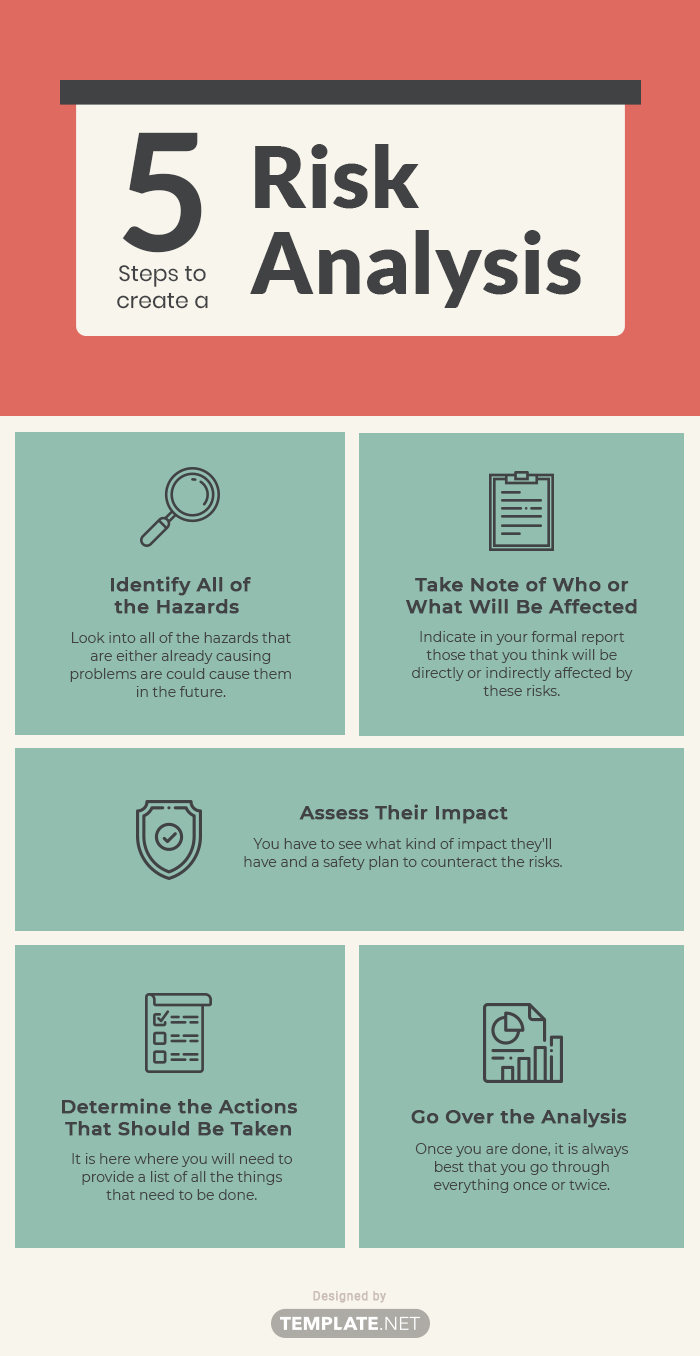A risky situation analysis is something that is done to identify and assess all of the factors that could potentially jeopardize one's success in reaching a goal, or the threats that may cause harm and damage to individuals and properties. Although the process may be tedious, the results can help one prevent risks from causing any form of negative effects. So always make sure that you conduct a thorough hazard analysis to see all possible problems that could occur and to figure out how they can be avoided or stopped.
1. Identify All of the Hazards
The first thing that you are going to have to do is to look into all of the hazards that are either already causing problems are could cause them in the future. Whether you're doing this for a project or safety reports, you need to make sure that you are able to cover all of the areas wherein potential risks could lie.
2. Take Note of Who or What Will Be Affected
Indicate in your formal report those that you think will be directly or indirectly affected by these risks. This is very important as it is possible that some risks only affect a particular group of individuals while another affects certain properties. Make a list of exactly who or what these risks can cause harm or damage to as you'll need it for the next step.
3. Assess Their Impact
Now that you know who or what the risks can affect, then next is for you to see what kind of impact they'll have and a safety plan to counteract the risks. By determining the level of their negative effects, you can come up with the best solutions to prevent them. Also, doing so will help you realize which ones can cause the most problems, effectively telling you which ones must be dealt with right away.
4. Determine the Actions That Should Be Taken
It is here where you will need to provide a list of all the things that need to be done to ensure that these risks do not cause any unwanted problems. For each one that you have found, provide detailed descriptions of how they should be handled. Make sure to point out the most effective ways of dealing with certain risks, doing this will help you in making an incident report if the risks aren't prevented.
5. Go Over the Analysis
Once you are done, it is always best that you go through everything once or twice. Doing so will help you see if you have managed to cover everything that you need to or if there are certain risks that you may have forgotten to include. If changes are needed, then be sure to do so immediately while writing an evaluation report to keep the heads updated regarding those revisions.


















































